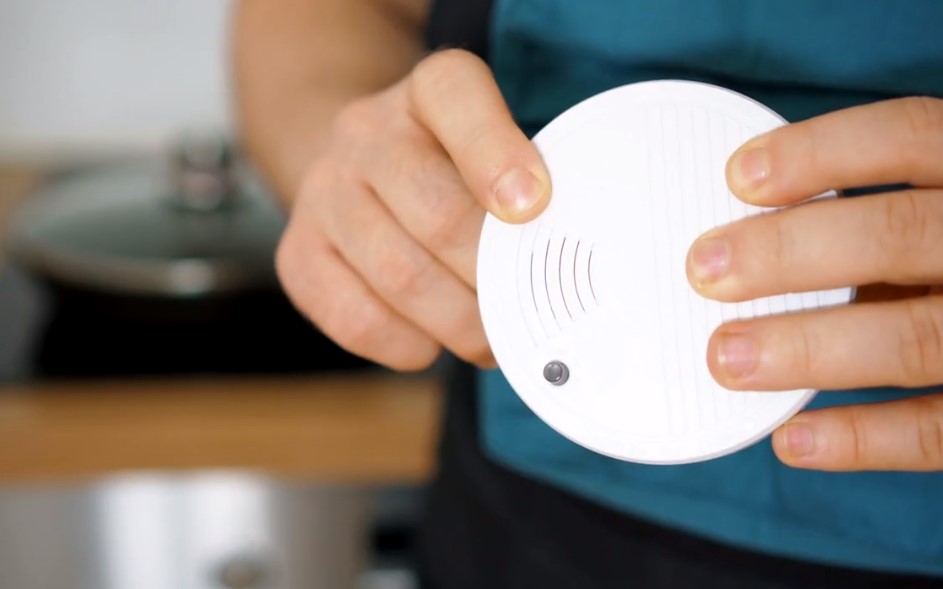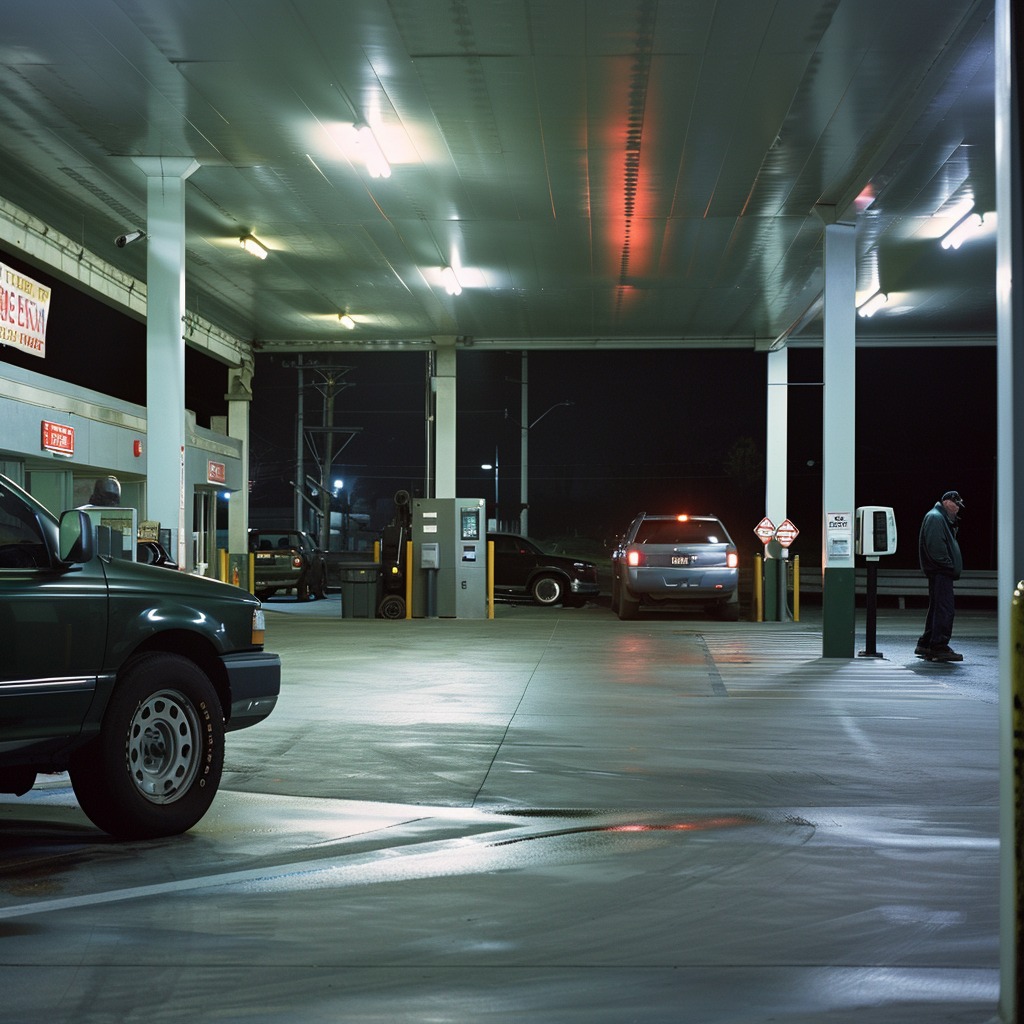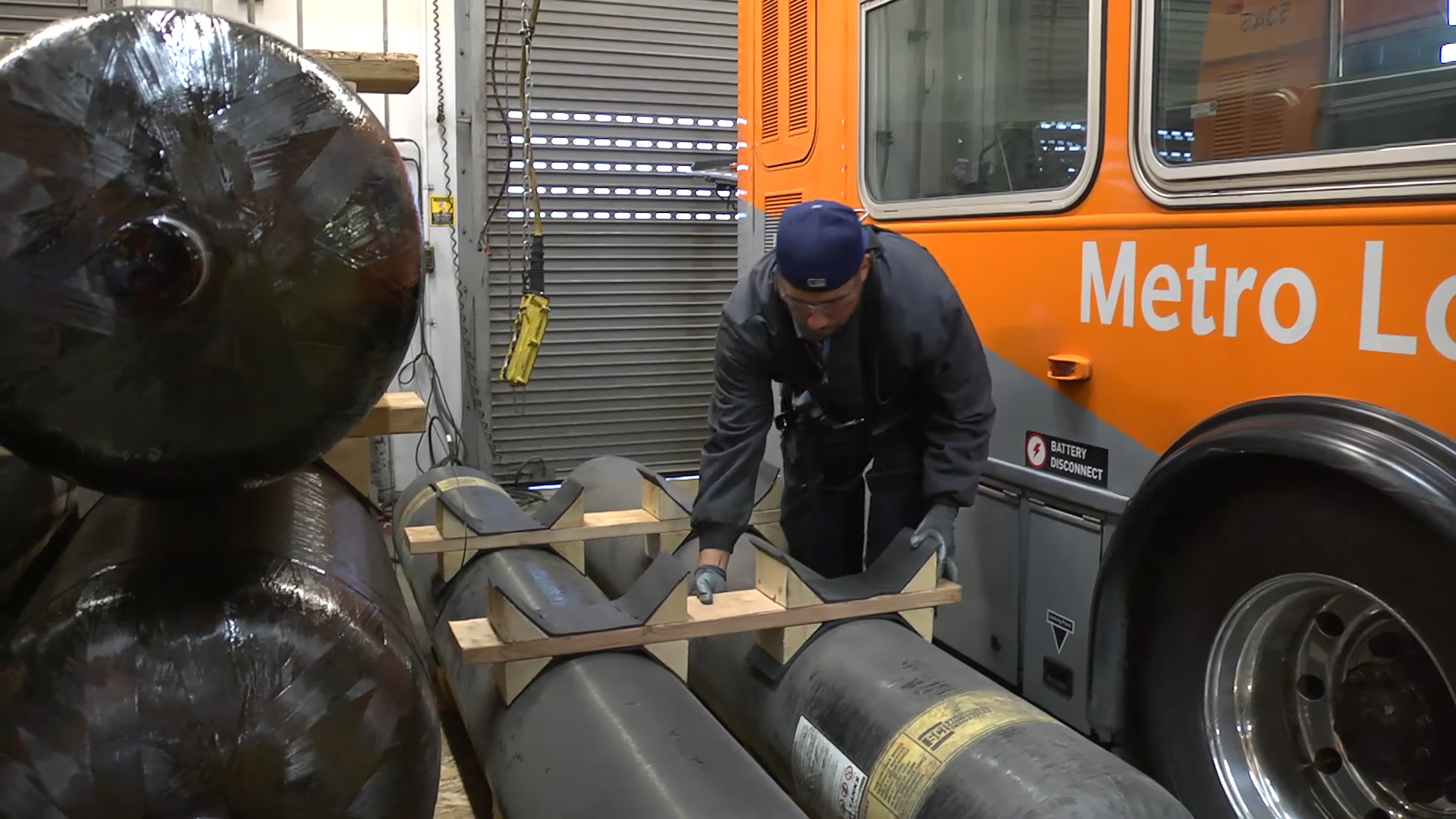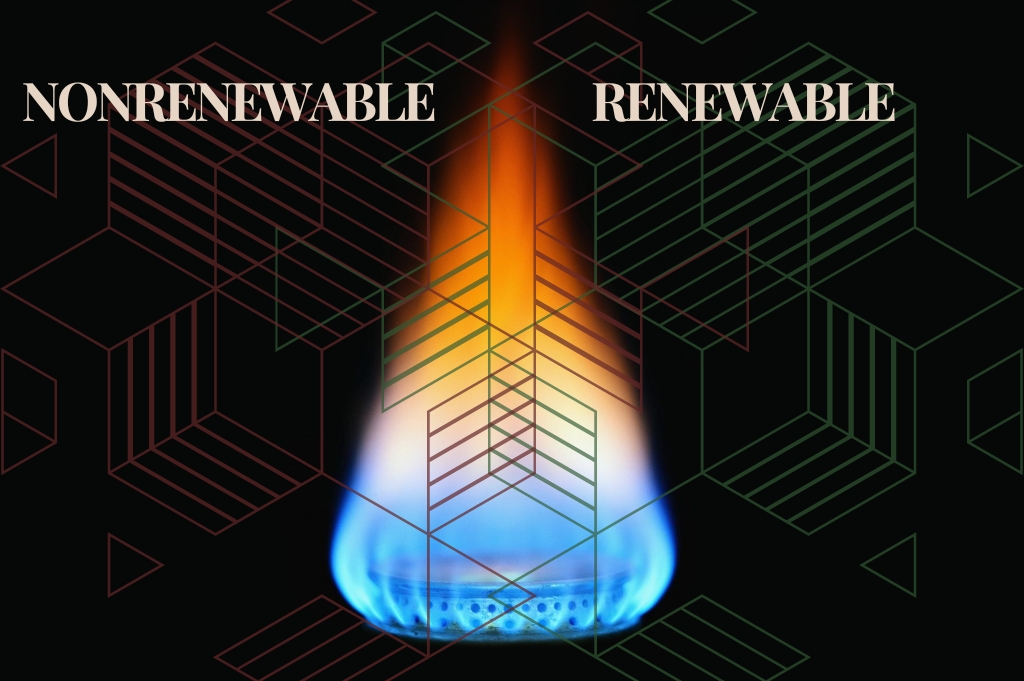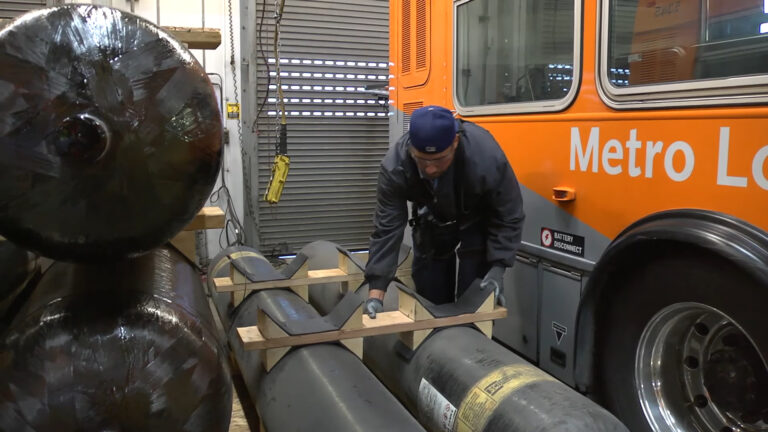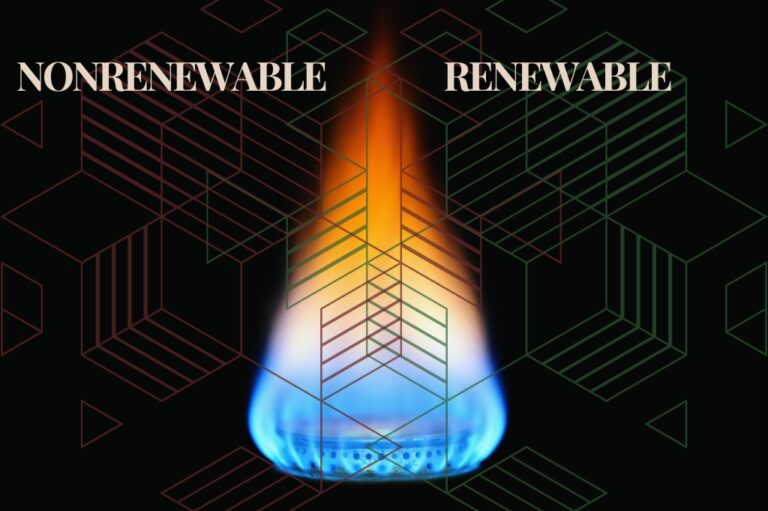Carbon monoxide, often termed the ‘silent killer,’ is a poisonous gas released by malfunctioning fuel-burning appliances like furnaces and water heaters.
Its odorless and colorless nature makes it undetectable without the aid of specialized detectors, underlining the importance of such devices in our homes.
However, the efficacy of CO detectors in identifying natural gas leaks remains a topic of concern for many.
Can CO Detectors Sense Natural Gas?
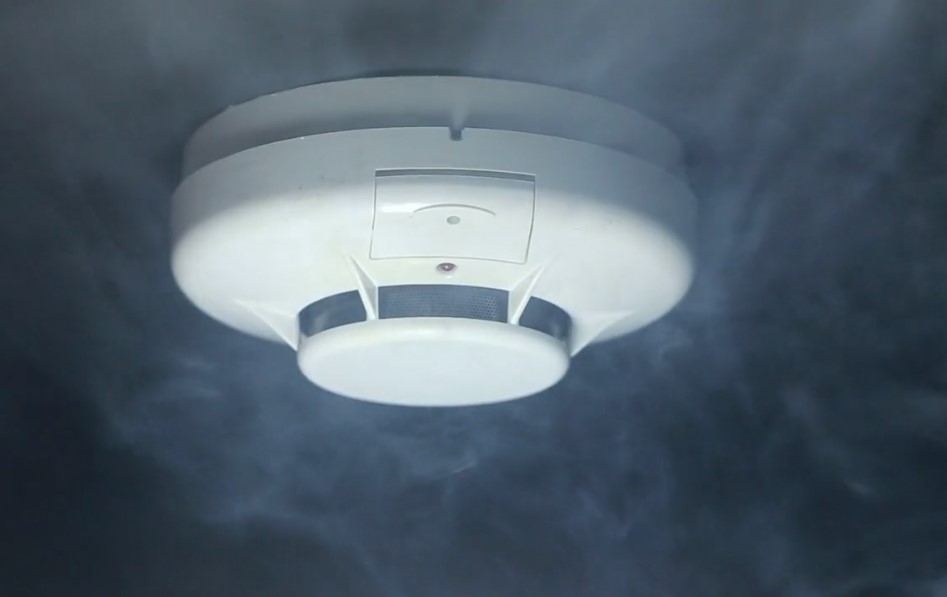
CO detectors cannot detect neutral gas leaks. CO detectors are specifically designed to detect carbon monoxide levels in the air and cannot identify natural gas leaks.
These devices use chemical, electrochemical, or semiconductor sensors to detect CO but lack the necessary technology to sense methane or other hydrocarbons present in natural gas.
This distinction is crucial for ensuring the safety of your home or workplace.
Relying solely on a CO detector for natural gas detection could leave you vulnerable to gas leaks, posing significant health and safety risks, including the risk of explosions or fire.
The Nature of Carbon Monoxide and Natural Gas
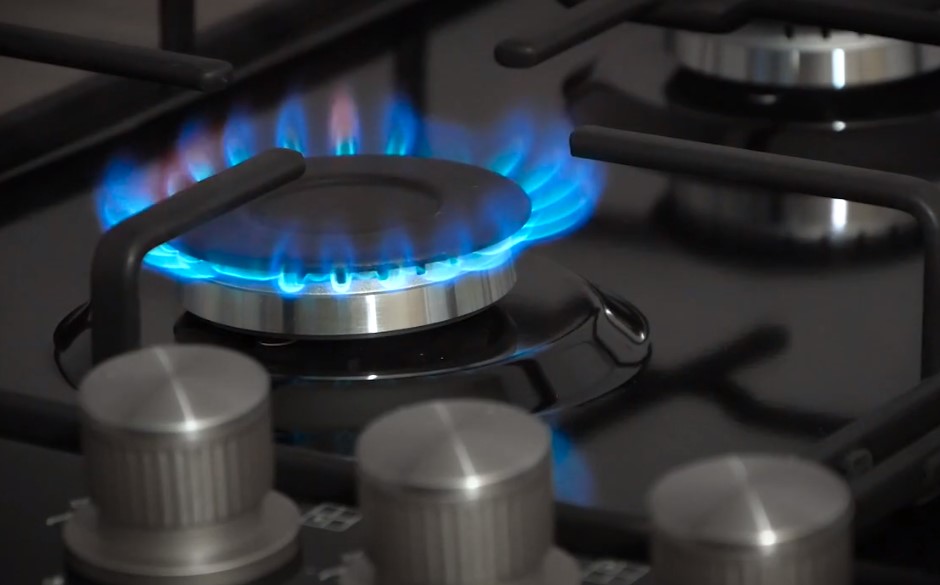
To understand the capabilities of CO detectors, it’s essential to distinguish between carbon monoxide and natural gas. Carbon monoxide is a byproduct of incomplete combustion, emitted when fuel-burning equipment malfunctions.
This can happen with any device that burns fossil fuels, such as gas heaters, boilers, and even cars in enclosed spaces.
In contrast, natural gas, primarily methane, is a common fuel source for heating and cooking. It’s valued for its efficiency and lower carbon emissions compared to other fossil fuels.
While natural gas in its pure form is odorless, utility companies add a distinct odorant, mercaptan, to alert occupants of leaks.
This safety measure helps prevent accidents by making the otherwise undetectable gas noticeable through its rotten egg smell.
Importance of Dedicated Natural Gas Detectors
Given the inability of CO detectors to sense natural gas, installing dedicated natural gas detectors becomes imperative. These devices are designed to detect methane and other gas leaks, providing an early warning system to prevent potential hazards.
They operate using sensors that can identify the specific compounds found in natural gas, alerting occupants long before the levels become dangerous. Pairing CO detectors with natural gas detectors ensures comprehensive protection against both silent threats.
This dual-layer approach to home safety maximizes your ability to respond promptly to emergencies, safeguarding your health and property.
How to Stay Safe from CO Poisoning?
Fortunately, there are several ways you can stay safe from CO poisoning. Here are the most important ones:
1. Annual Inspection
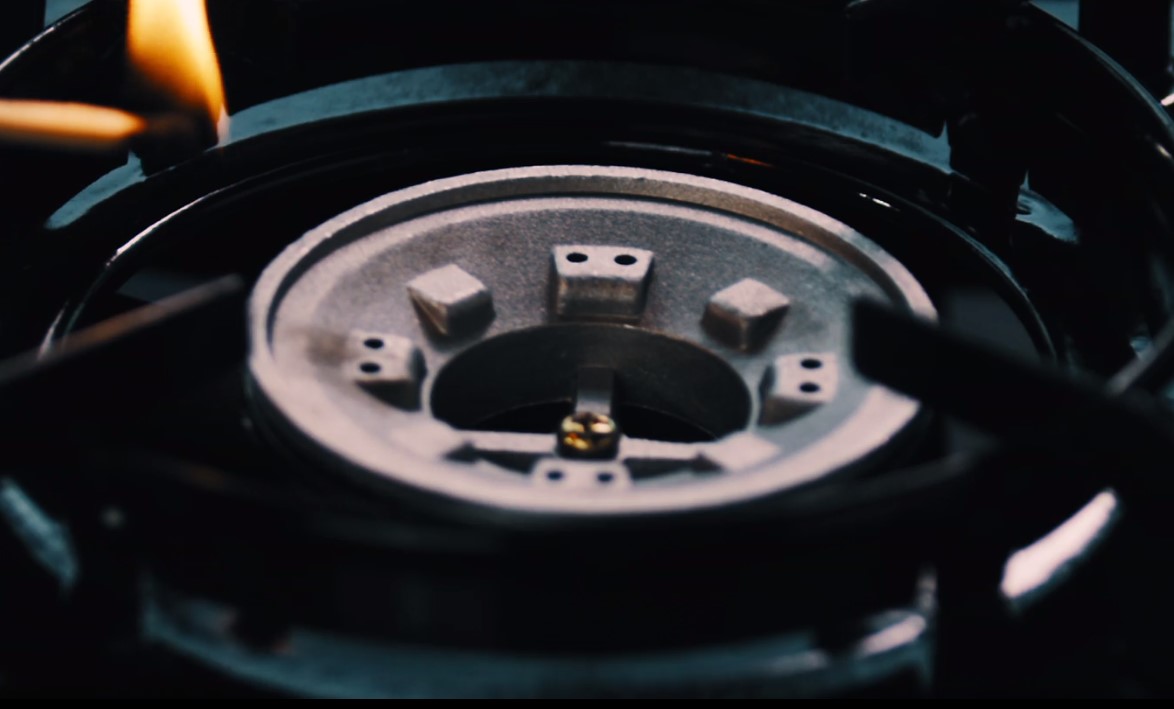
The importance of annual inspections of fuel-burning appliances cannot be overstated.
These appliances, which are integral to everyday comfort and functionality in homes and businesses, include a range of systems such as heating units, water heaters, stoves, ovens, and other gas- or oil-powered devices.
Regular inspections help ensure that these appliances operate safely and efficiently.
Scope of Annual Inspections
An annual inspection encompasses a thorough check of all components of the appliance. This includes examining the physical integrity of the unit, ensuring proper connection to fuel sources, and verifying that exhaust systems are clear and functioning correctly.
Technicians assess the efficiency of appliances during these inspections. Over time, components of fuel-burning systems may degrade or become less effective, causing the systems to operate below optimal efficiency levels. These checks help ensure that appliances are not only safe but also cost-effective and environmentally friendly.
Importance of Professional Inspections
It is crucial that these inspections are performed by qualified professionals who have the expertise to identify both obvious and subtle problems that might not be apparent to the untrained eye.
These technicians follow industry standards to conduct safety checks and efficiency evaluations.
Regular inspections allow technicians to catch potential issues early. For instance, a small leak or a failing component can be addressed before it develops into a more serious problem.
The proactive approach can prevent dangerous situations such as gas leaks or carbon monoxide build-up, which can have severe health and safety implications.
Annual inspections may also be necessary to comply with local safety regulations or to maintain warranty coverage on appliances.
Many manufacturers require documented regular maintenance to keep warranty protections in effect.
2. Installation of CO Alarms
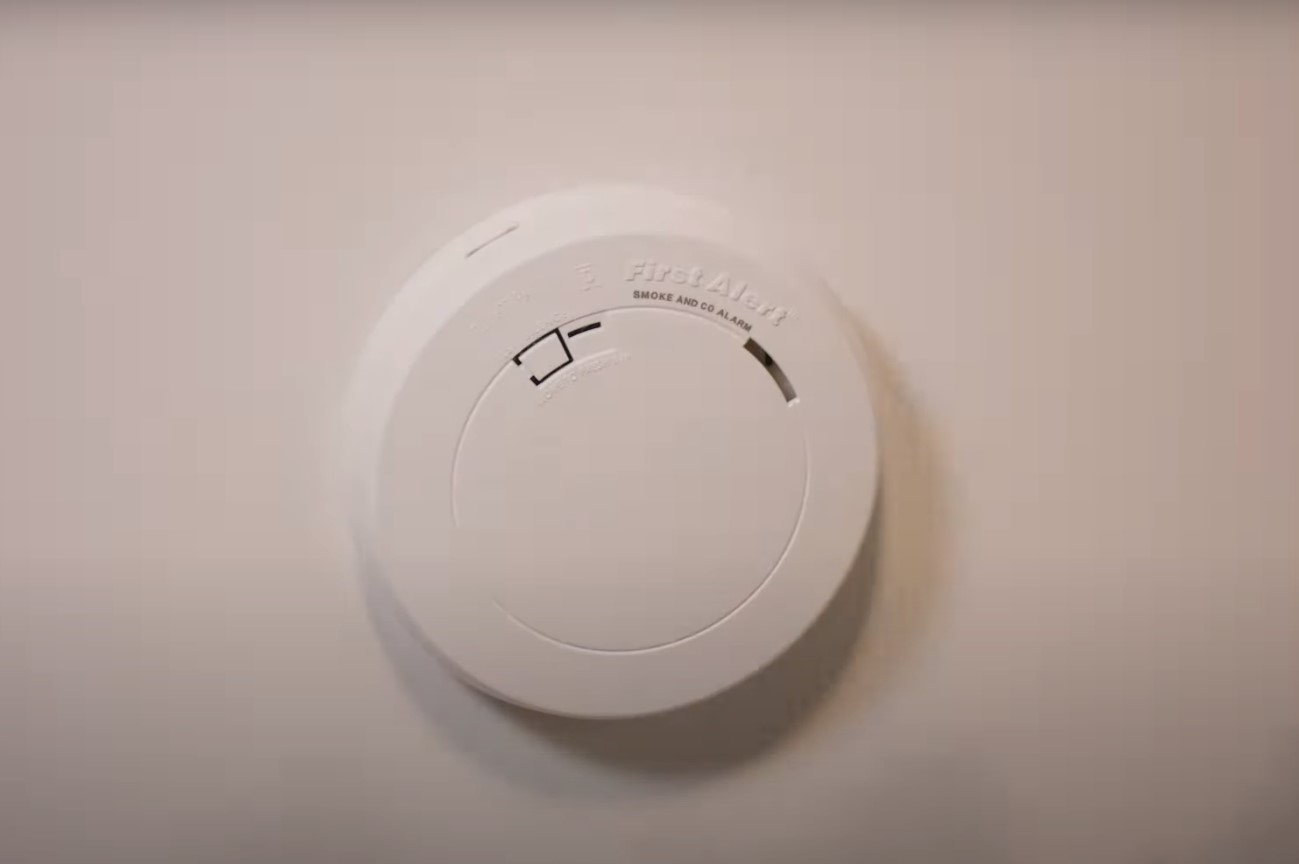
Installing carbon monoxide (CO) alarms in your home is an essential safety measure that can prevent potentially fatal CO poisoning. Here’s a detailed guide on how to effectively install and maintain these alarms to ensure they function correctly:
Choosing the Right Location
Carbon monoxide alarms should be strategically placed to provide the best protection:
Install CO alarms in hallways outside bedrooms or in each bedroom to ensure that the alarm will wake you up if CO levels become dangerous while you are sleeping.
To monitor the presence of carbon monoxide throughout the home, install an alarm on every level, including the basement and attic. Avoid placing alarms too close to fuel-burning appliances as they may emit a small amount of CO upon startup, which is not a safety threat but could cause false alarms.
Consider additional alarms near attached garages or any rooms that house fuel-burning appliances, like kitchens or utility rooms.
Meeting Safety Standards
Ensure that the CO alarms you choose comply with the latest safety standards:
Look for alarms that are certified by recognized testing laboratories like Underwriters Laboratories (UL). These models meet specific safety requirements and are tested for effectiveness and reliability.
Opt for models that feature electrochemical sensing technology, which is the most accurate for detecting carbon monoxide.
Installation Tips
Proper installation is crucial for the effective operation of CO alarms:
- Height Considerations: Carbon monoxide mixes with air, so alarms can be installed at any height.
- Avoid Obstacles: Do not install CO alarms behind curtains or in corners; keep them out of the direct airflow from windows, doors, or vents to avoid false readings.
Maintenance
Regular maintenance is key to ensuring that your CO alarms remain functional:
- For models with replaceable batteries, change the batteries at least once a year, or whenever the unit indicates batteries are low. Consider setting a regular schedule, like when changing clocks for daylight saving time.
- If opting for alarms with sealed batteries, these batteries typically last up to ten years, which is the lifespan of the alarm itself. These models do not require battery replacement but should still be tested regularly.
- Test each CO alarm monthly by pressing the test button to ensure it is working properly. This helps identify any malfunctions or battery issues.
- Replace the entire CO alarm unit every ten years or as recommended by the manufacturer. Most modern CO alarms have an end-of-life warning signal to alert you when replacement is necessary.
3. Clear Outdoor Vents
Maintaining clear outdoor vents for your home appliances is crucial for ensuring the safe and efficient operation of those appliances while preventing potential hazards. Here’s a more detailed look at why this is important and how you can effectively keep vents clear:
Steps to Keep Outdoor Vents Clear
- Regularly inspect outdoor vents for any signs of blockage. During seasons when debris is more likely to accumulate, such as autumn with falling leaves or winter with snow accumulations, increase the frequency of checks.
- In winter, ensure that snow and ice do not build up around vents. Use a broom or a suitable tool to gently clear away snow and ice, taking care not to damage the vent structure.
- In autumn, remove any leaves, twigs, or other debris that might have accumulated around the vent. A regular sweep around the home’s exterior can prevent these materials from blocking vents.
- Consider installing covers on vents that are designed to keep out debris and animals without restricting airflow. Make sure that these covers are specifically designed for vents to avoid inadvertently blocking the airflow.
- During spring and early summer, check for signs of birds or small animals nesting in or near vents. If nests are found, remove them after ensuring that no animals are inside.
- Make sure all household members understand the importance of keeping vents clear and encourage them to notify you if they notice any blockages or debris accumulation.
Importance of Keeping Vents Clear
Outdoor vents are essential for the expulsion of exhaust gases from appliances like gas heaters, dryers, and boilers.
If these vents are obstructed, gases that should be vented outside can accumulate indoors, creating dangerous conditions and increasing the risk of carbon monoxide poisoning.
Clear vents are also vital for maintaining the efficiency of your appliances.
Obstructions can cause appliances to work harder to expel gases, which can lead to increased energy consumption and wear on the appliance.
In some cases, blocked vents can cause safety devices in appliances to shut down the unit to prevent overheating or gas build-up.
The safety feature, while important, can lead to unexpected appliance failures and inconvenience.
4. Recognize the Poisoning Symptoms
Carbon monoxide (CO) poisoning is a serious and potentially deadly threat that can occur in any home or building where combustion by-products are not properly vented.
Recognizing the symptoms of CO poisoning is crucial because these symptoms are often non-specific and can easily be mistaken for those of less serious conditions, such as the flu or common fatigue.
Here are the symptoms you should be aware of:
| Severity | Symptom |
|---|---|
| Early Symptoms | Headache |
| Dizziness | |
| Nausea | |
| Fatigue | |
| Shortness of Breath | |
| Advanced Symptoms | Confusion and Impaired Judgment |
| Chest Pain | |
| Visual Disturbances | |
| Increased Heart Rate | |
| Severe Symptoms | Unconsciousness |
| Convulsions | |
| Death |
Why CO Poisoning Symptoms Are Overlooked?
The general nature of early CO poisoning symptoms can easily be mistaken for flu, especially during flu season.
The onset of symptoms can be gradual, depending on the level of CO in the air, which might delay recognition and response.
Without CO detectors, there may be no immediate indication of danger, as CO is colorless and odorless.
What to Do in Case of CO Alarm?
| Situation | Action Steps | Additional Notes |
| With Medical Symptoms | 1. Evacuate immediately.
2. Seek medical attention. 3. Call 911. |
– Do not rely on fresh air as the sole treatment.
– CO poisoning can escalate quickly, necessitating professional medical evaluation and intervention. |
| Without Medical Symptoms | 1. Open doors and windows to ventilate the area.
2. Contact a heating contractor for inspection. |
– Treat the alarm as an important warning even if no symptoms are present.
– A professional will determine and fix the CO source, ensuring safety for re-entry. |
The Bottom Line
In the fight against gas-related hazards, knowledge, and preparedness are our best defenses. Carbon monoxide detectors play a critical role in protecting us from CO poisoning but fall short in detecting natural gas leaks. By installing natural gas detectors and adhering to safety practices, we can ensure a safer environment for ourselves and our loved ones.
Let’s stay vigilant, informed, and prepared to combat these invisible threats effectively.

